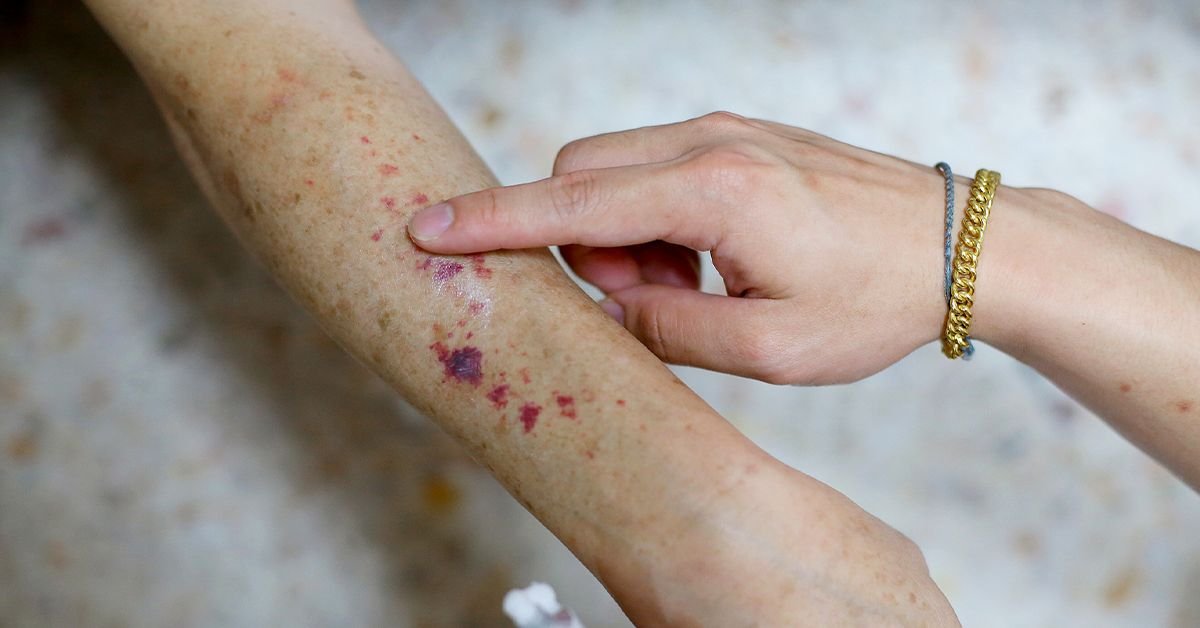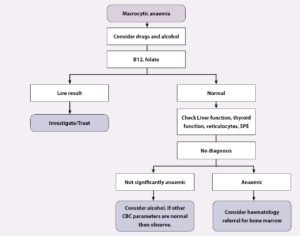Petechiae

What Are Petechiae?
Petechiae are small, pinpoint-sized red or purple spots that appear on the skin as a result of minor bleeding under the surface. They often form a rash and can be caused by infections, allergic reactions, or various medical conditions. While commonly seen in children, petechiae may also appear in adults and can show up on areas like the arms, legs, abdomen, and buttocks. These spots can also occur on mucous membranes such as inside the mouth or eyelids. Unlike hives, petechiae do not itch or form raised bumps.
How Petechiae Appear and What They Mean
Key Characteristics of Petechiae
Petechiae are typically:
-
Flat and non-raised
-
Red or brownish-red in color
-
Often appearing suddenly
-
Clustered in groups resembling a rash
-
Non-blanching (they don’t fade when pressure is applied)
-
Commonly found on the extremities, abdomen, buttocks, or mucous membranes
Could Petechiae Signal a Serious Issue?
If petechiae begin to merge into larger patches or spread across the body, it may suggest an underlying bleeding disorder or more serious health condition. Immediate medical evaluation is recommended in such cases.
Common Causes of Petechiae
Infectious Causes
Petechiae may result from various infections, including:
-
Viral: Influenza, mononucleosis
-
Bacterial: Streptococcal infections, endocarditis (heart infection), meningococcal disease
-
Fungal: Less common but still possible in immunocompromised individuals
Chronic Medical Conditions
Underlying health issues that may lead to petechiae include:
-
Ehlers–Danlos syndrome (EDS): A connective tissue disorder
-
Liver disease
-
Autoimmune diseases: Such as lupus (SLE)
-
Cancer treatments: Radiation therapy or chemotherapy
Lifestyle and Environmental Factors
Physical strain or minor trauma can also result in petechiae:
-
Heavy lifting
-
Forceful coughing or vomiting
-
Childbirth-related pressure
-
Vitamin deficiencies (especially vitamin C or K)
-
Skin damage from sunburn or injuries
Medications That May Cause Petechiae
Certain medications are known to list petechiae as a side effect. These include:
-
Antibiotics: Especially penicillin
-
Blood thinners: Such as warfarin
-
SSRIs: A type of antidepressant
-
Anti-seizure drugs: Such as phenytoin (Dilantin)
-
NSAIDs: Like ibuprofen
-
Sedatives and antiarrhythmics: For heart rhythm management
-
Quinine: Used in malaria treatment
Always consult your doctor before stopping or switching any prescribed medication.
Diagnosing the Cause of Petechiae
What to Expect During a Medical Evaluation
Your healthcare provider will:
-
Take a thorough medical history
-
Perform a physical examination
-
Ask about symptoms such as fever, recent illnesses, or trauma
Common Diagnostic Tests
To identify the root cause, your provider may order:
-
Complete blood count (CBC): To check platelet and white blood cell levels
-
Blood cultures: To detect infections
-
Coagulation studies: To evaluate clotting function
-
Vitamin level tests
-
Liver function tests
-
Urinalysis
-
Chest X-ray
-
Lumbar puncture: If meningitis is suspected
When to Seek Immediate Medical Attention
Petechiae can be a sign of a medical emergency, especially when accompanied by:
-
Fever above 100.4°F (38°C)
-
Unexplained fatigue or excessive sleepiness
-
Difficulty breathing
-
Inconsolable crying in infants
-
Rash that spreads or changes in appearance
In Children
While petechiae are common in children, less than 10% of cases involving both petechiae and fever result in a diagnosis of meningitis. However, early evaluation is critical.
Treatment for Petechiae
Depends on the Underlying Cause
The treatment for petechiae is not about the rash itself, but what’s causing it. Possible approaches include:
-
Observation: In cases with no other symptoms
-
Antibiotics: If caused by a bacterial infection
-
Adjusting medications: If a drug reaction is suspected
-
Hospitalization: In severe cases like meningitis or sepsis
Final Thoughts
Petechiae are small, red skin spots that do not itch or fade when pressed. While sometimes harmless and self-limiting, they can also signal more serious conditions like infections or bleeding disorders. If you or your child develops petechiae—especially with other symptoms like fever—it’s essential to seek prompt medical attention.
💡 Frequently Asked Questions
Motives of Pores and skin Modifications in just Leukocytoclastic Vasculitis What Medication Can Result in Petechiae?
Answer coming soon. We are working on detailed responses to this common question.
Non-Blanching Rash: Triggers and Anytime in direction of Contact a Health care Assistance Are There Checks in direction of Diagnose the Bring about of Petechiae?
Answer coming soon. We are working on detailed responses to this common question.
Normally Questioned QuestionsCan petechiae be a symptom of COVID-19?
Answer coming soon. We are working on detailed responses to this common question.
Understand A lot more:Signs and symptoms of COVID-19 What is a lymphoma rash?
Answer coming soon. We are working on detailed responses to this common question.
Study A lot more:Figuring out and Managing a Lymphoma Rash Do petechiae comprise genetic brings about?
Answer coming soon. We are working on detailed responses to this common question.
⭐ Expert Tips
- Include seasonal or trendy variations to keep your meals exciting.
- Highlight prep shortcuts or time-saving techniques for busy cooks.
- Consider dietary restrictions and include substitution suggestions.
✅ Key Takeaways
- These dinner ideas are perfect for impressing guests or enjoying special occasions.
- Choose recipes that match your skill level and available kitchen tools.
- Presentation and taste both contribute to a memorable dining experience.
📣 Join Our Community
Want more inspiration like this? Subscribe to our newsletter for weekly dinner ideas and cooking tips!









